15 Food Trends to Add to Your Diet
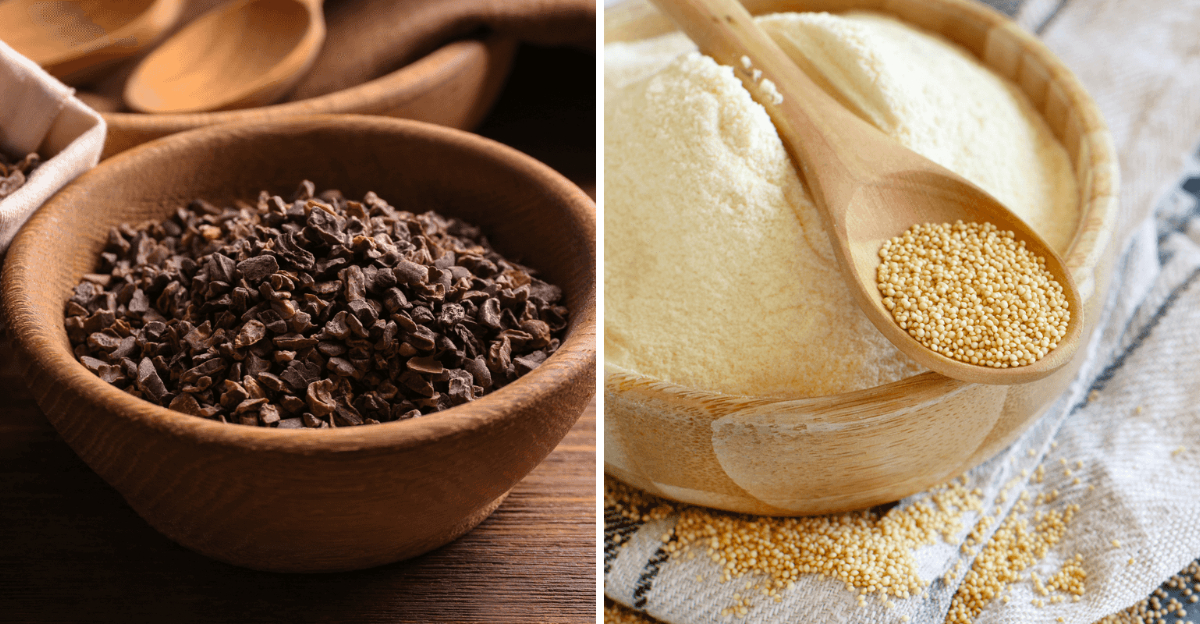
Discover a variety of food trends that are capturing the culinary world’s attention. From traditional staples to exotic surprises, this list introduces you to 15 food items that are making waves in kitchens around the globe. Whether you are a food enthusiast or just looking to spice up your diet, these items offer different flavors and intriguing benefits. Embrace this diverse selection to invigorate your meals and perhaps discover a new favorite.
1. Turmeric Latte

Turmeric lattes have become a popular beverage due to their anti-inflammatory properties. Made by blending turmeric with milk and spices, this drink is both soothing and flavorful. Its color and health benefits make it a standout choice. Excellent for a caffeine-free pick-me-up, turmeric lattes can be customized with various spices like cinnamon and ginger. Whether enjoyed hot or cold, this comforting drink is a delicious way to boost your intake of the beneficial compound curcumin.
2. Spirulina
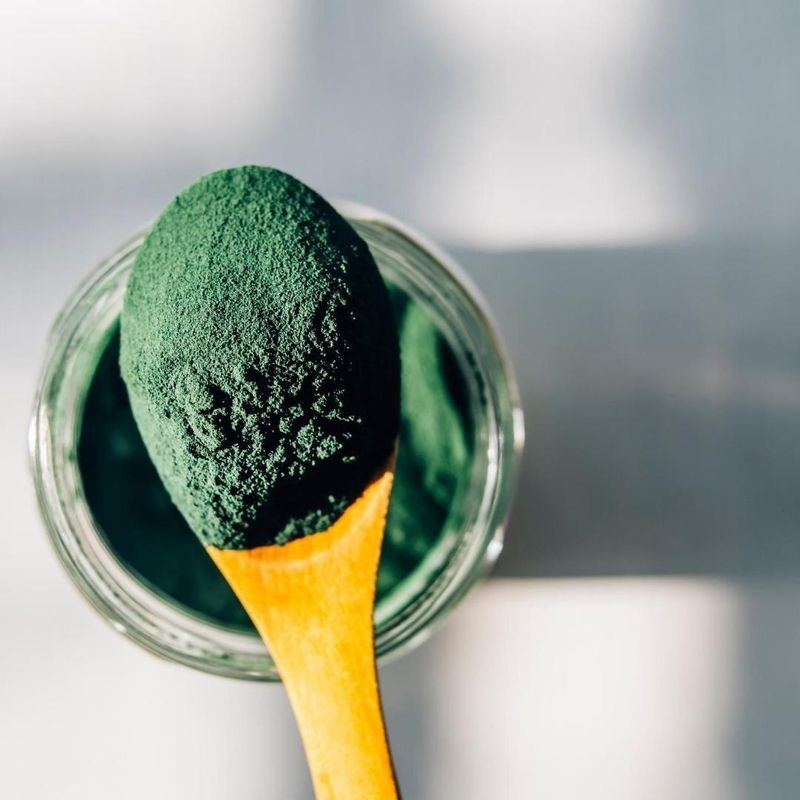
Spirulina, a type of blue-green algae, is gaining traction as a superfood due to its high protein and nutrient content. Often found in powder form, it’s used in smoothies, juices, and health bars. Spirulina is packed with essential amino acids, vitamins, and minerals, making it a popular choice for health enthusiasts. Its green color also adds an appealing aesthetic to various dishes and drinks. This nutrient powerhouse supports immunity and boosts energy levels, aligning with the increasing demand for health-focused foods. As people seek more natural supplements and energy boosters, spirulina stands out as a leading choice in the health food market. With its numerous benefits, spirulina continues to climb in popularity.
3. Kimchi
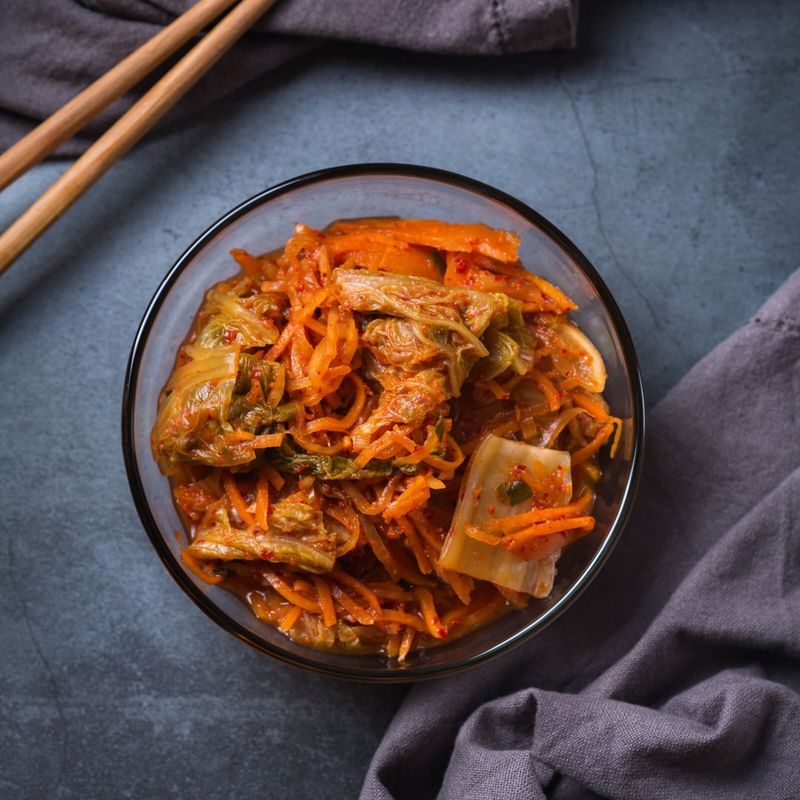
Kimchi, a staple in Korean cuisine, is capturing global attention as people embrace fermented foods for their health benefits. Made from fermented cabbage and radishes, it’s seasoned with garlic, ginger, and chili peppers, offering a spicy and tangy flavor. Kimchi is rich in probiotics, which promote gut health and boost the immune system. As fermentation becomes a popular culinary trend, kimchi’s taste and health properties make it a sought-after ingredient worldwide. Its versatility allows it to be used in a myriad of ways, from a side dish to a flavorful addition in soups and stews. With its combination of taste and health benefits, kimchi is a tasty and functional food.
4. Quinoa
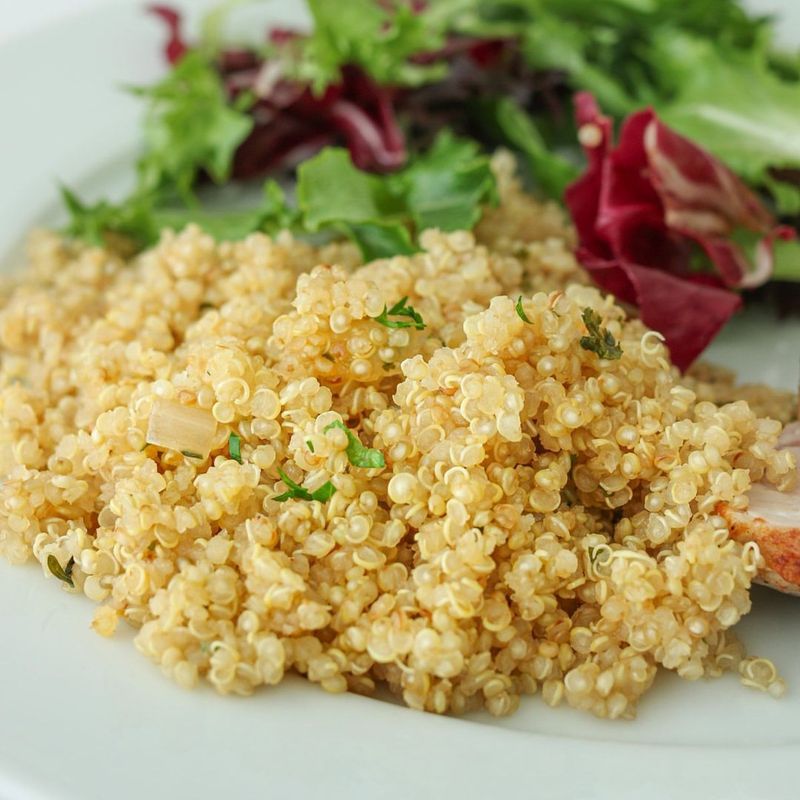
Quinoa has become a well-loved grain alternative, especially among those seeking gluten-free options. Originating from South America, this ancient grain is not only rich in protein but also contains all nine essential amino acids. Its nutty flavor and fluffy texture make it a versatile addition to salads, bowls, and even breakfast dishes. As more people prioritize health and dietary diversity, quinoa remains a popular choice due to its nutritional profile and adaptability. It’s an ideal option for anyone looking to increase their protein intake without consuming animal products. Quinoa’s rise in popularity highlights the growing interest in ancient grains and their potential to enrich modern diets.
5. Teff

Teff is an ancient grain that has recently made its way into modern kitchens. Originating from Ethiopia, this gluten-free grain is high in fiber, iron, and calcium, making it an excellent choice for vegans and those with gluten sensitivities. Teff can be used to make porridge, bread, or even as a base for salads. Its slightly sweet, nutty taste complements both savory and sweet dishes. Incorporating teff into your diet can support bone health and provide sustained energy throughout the day.
6. Lion’s Mane Mushrooms

Lion’s Mane mushrooms are not just visually intriguing with their shaggy, white appearance; they are also a powerhouse of nutrition. Packed with antioxidants and bioactive compounds, these mushrooms are believed to support cognitive health and may even aid in nerve regeneration. Incorporating Lion’s Mane into your meals can be as simple as cooking them with garlic and olive oil or adding them to a stir-fry for an extra health boost. Their umami flavor makes them a delightful addition to soups and stews. If you’re looking to experiment, try them as a meat substitute in vegetarian dishes. With ongoing research into their potential health benefits, Lion’s Mane mushrooms are certainly a trend worth exploring in your diet.
7. Moringa

Moringa, often referred to as the drumstick tree, is an emerging superfood known for its impressive nutrient profile. Native to parts of Africa and Asia, its leaves are rich in antioxidants, vitamins, and minerals. Moringa powder is commonly used in smoothies and as a supplement, offering a natural way to boost nutrition. As interest in plant-based and natural supplements grows, moringa is recognized for its potential health benefits and versatility. It supports energy levels and overall well-being, resonating with those pursuing a balanced lifestyle. The trend of incorporating moringa into various dietary routines is indicative of the growing interest in health-focused, natural foods. Moringa’s rise showcases the shift towards nutrient-rich, plant-based options.
8. Chia Seeds
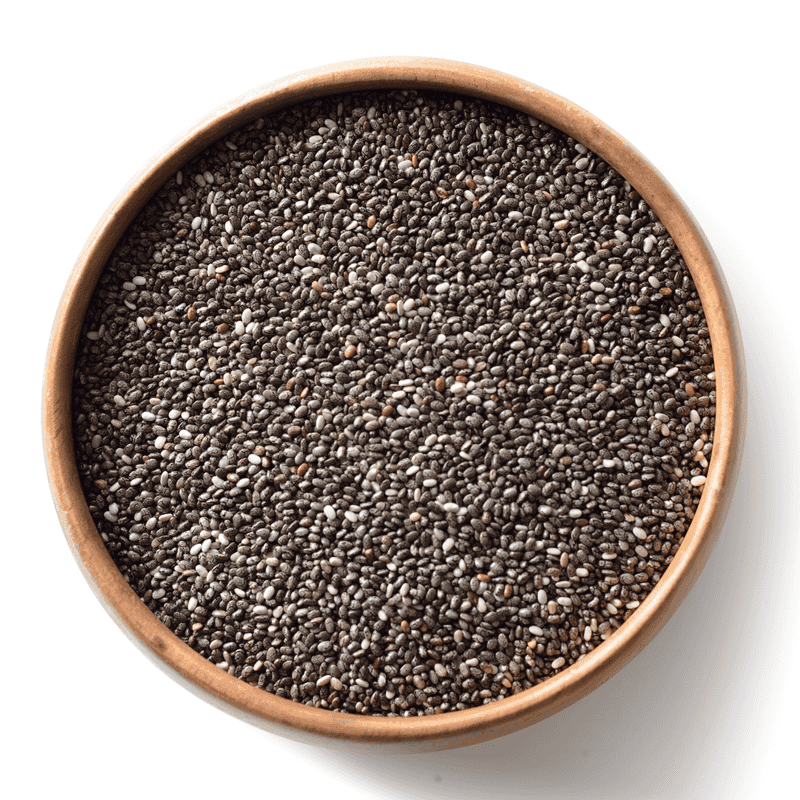
Chia seeds, once a staple of ancient civilizations, are now liked for their nutritional richness and versatility. These tiny seeds are packed with omega-3 fatty acids, fiber, and protein, making them a popular addition to modern diets. They can be sprinkled on yogurt, blended into smoothies, or used as an egg substitute in baking. The ability of chia seeds to absorb liquid and form a gel-like consistency also allows them to be used in creating puddings and thickening sauces. As more people seek nutritious and adaptable food options, chia seeds stand out due to their health benefits and culinary potential. Their increasing popularity reflects a broader trend towards incorporating nutrient-dense superfoods into everyday meals.
9. Hemp Seeds
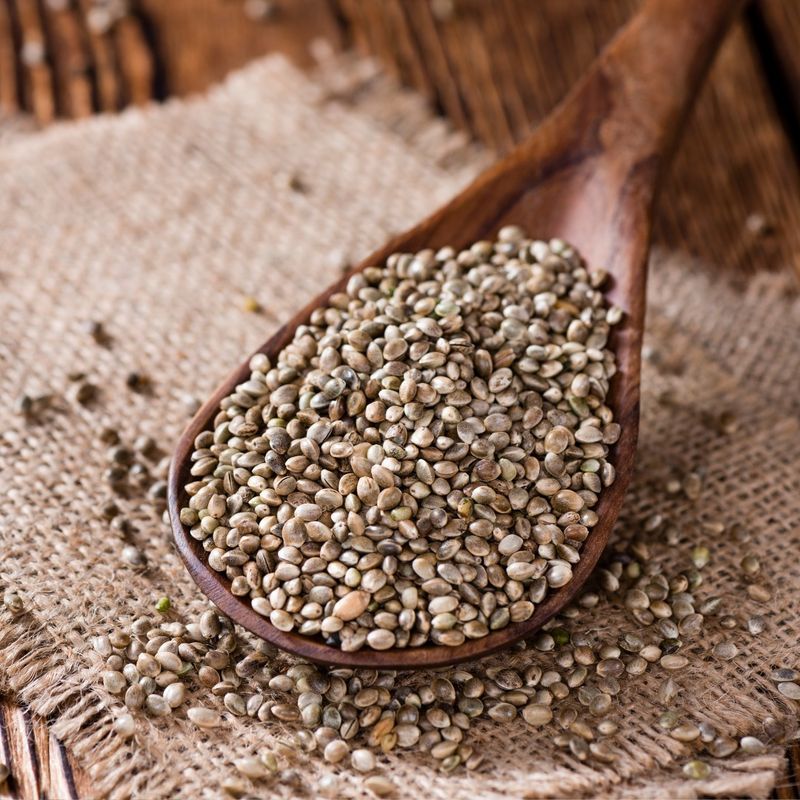
Hemp seeds are tiny nutritional powerhouses loaded with health benefits. They are rich in protein, containing all nine essential amino acids, making them an excellent choice for vegans and vegetarians. Besides their protein content, hemp seeds are an excellent source of essential fatty acids like omega-3 and omega-6, which support cardiovascular health. Their nutty flavor and crunchy texture make them a delightful addition to salads, yogurt, or smoothies. Moreover, these seeds are also a source of magnesium, iron, and zinc, contributing to better overall health. Adding hemp seeds to your diet is an easy way to boost your nutritional intake without much effort.
10. Freekeh
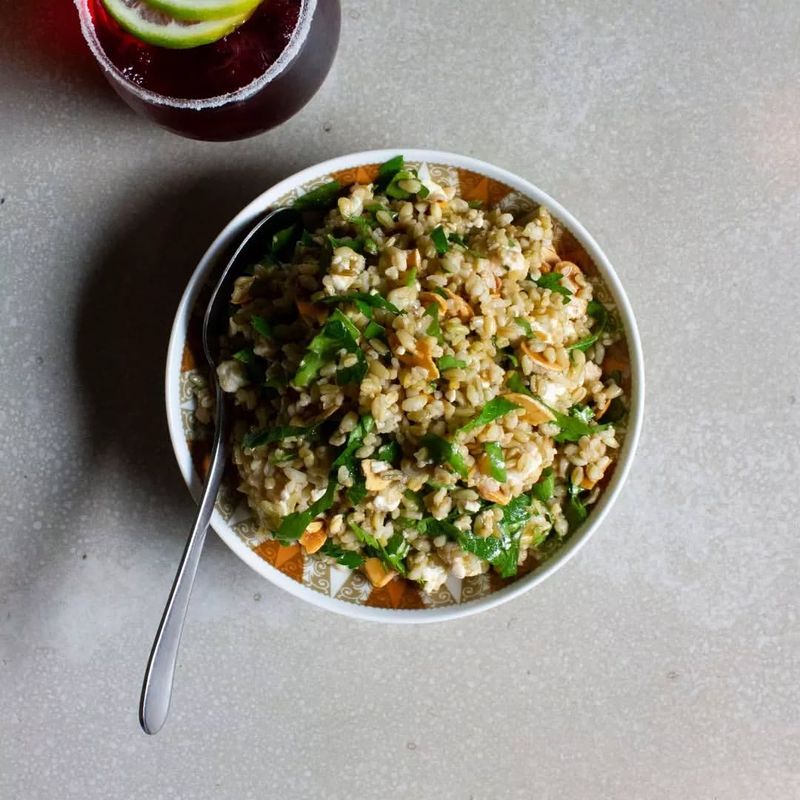
Freekeh, an ancient grain from the Middle East, is gaining attention as a nutritious and flavorful alternative to rice and pasta. Harvested while still green, it is roasted to retain its flavor and nutritional properties. Freekeh is high in fiber, protein, and essential minerals, making it an excellent choice for those seeking healthy grain options. Its chewy texture and nutty taste complement a variety of dishes, from salads to hearty mains. As consumers look for diverse and wholesome grains, freekeh’s versatility and health benefits make it an appealing option. Its rise in popularity highlights a shift towards embracing traditional grains that offer both flavor and nutrition in modern cooking.
11. Amaranth
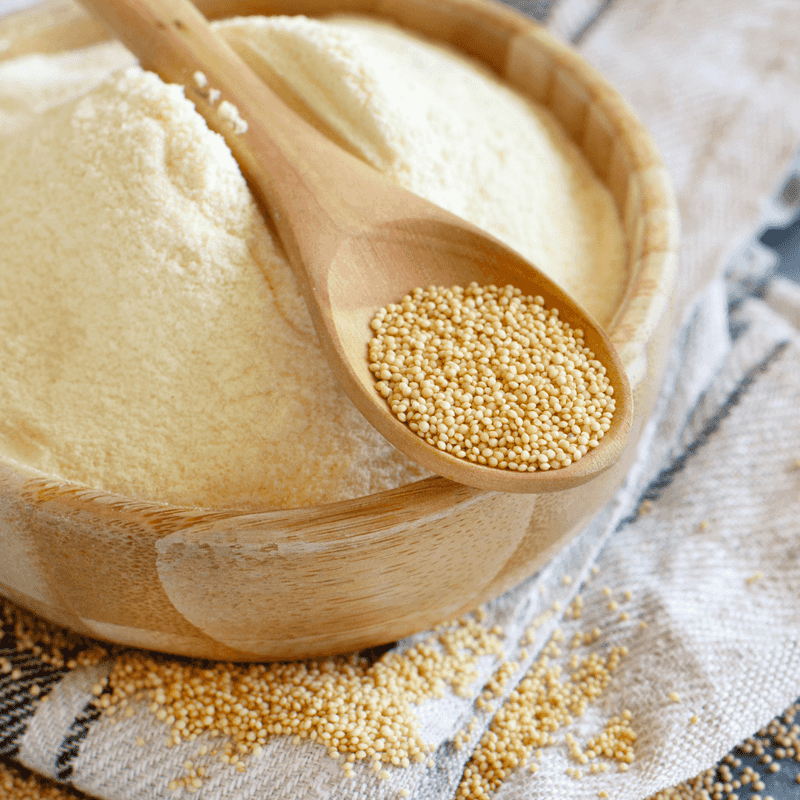
Amaranth, a gluten-free ancient grain, is seeing a resurgence in popularity due to its impressive nutritional profile. Rich in protein, fiber, and essential micronutrients, it’s an excellent alternative for those avoiding gluten. Amaranth’s slightly nutty flavor and soft texture make it suitable for both sweet and savory dishes. It can be used in porridge, salads, or as a base for grain bowls, offering versatility in the kitchen. As more people explore ancient grains for their health benefits, amaranth is being embraced for its wholesome qualities and adaptability. This trend signifies a growing appreciation for nutrient-dense foods that enrich modern diets with traditional flavors and health benefits.
12. Tiger Nuts
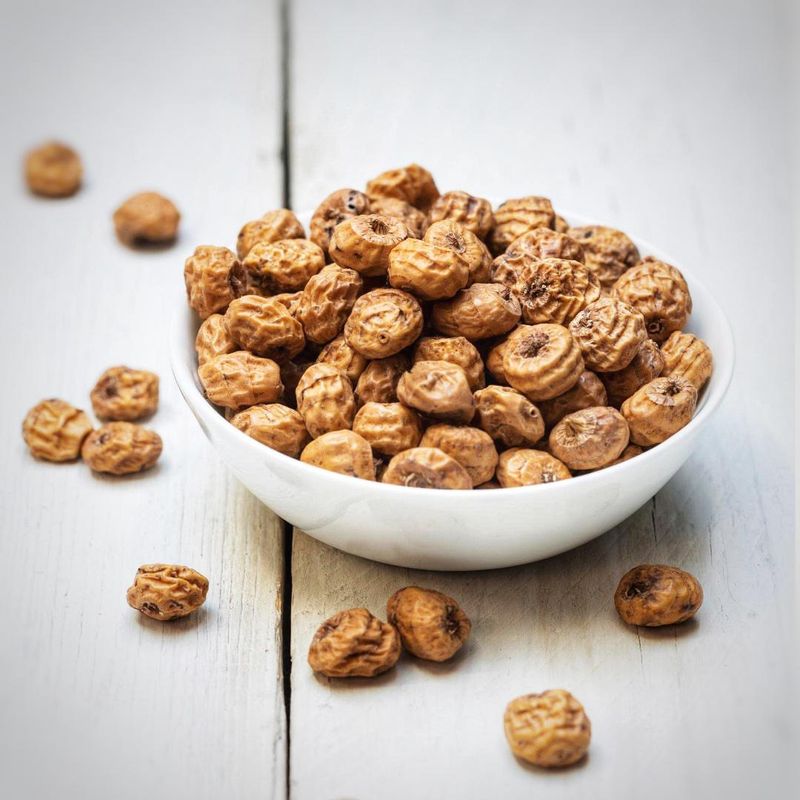
Despite their name, tiger nuts are not actually nuts but small tubers. They’re gaining popularity as a snack and dietary staple due to their impressive nutritional profile. Packed with fiber, magnesium, and healthy fats, tiger nuts are an excellent choice for those seeking a gluten-free and nut-free alternative. These tubers can be enjoyed raw, roasted, or even as a dairy-free alternative in the form of tiger nut milk. Their naturally sweet and slightly nutty flavor makes them a delicious addition to granolas, baked meals, and smoothies. Incorporating tiger nuts into your diet can be as simple as munching on a handful as a snack or using tiger nut flour in your favorite recipes. Their versatility and health benefits make tiger nuts a fantastic option for anyone looking to diversify their diet while supporting digestive health.
13. Cacao Nibs
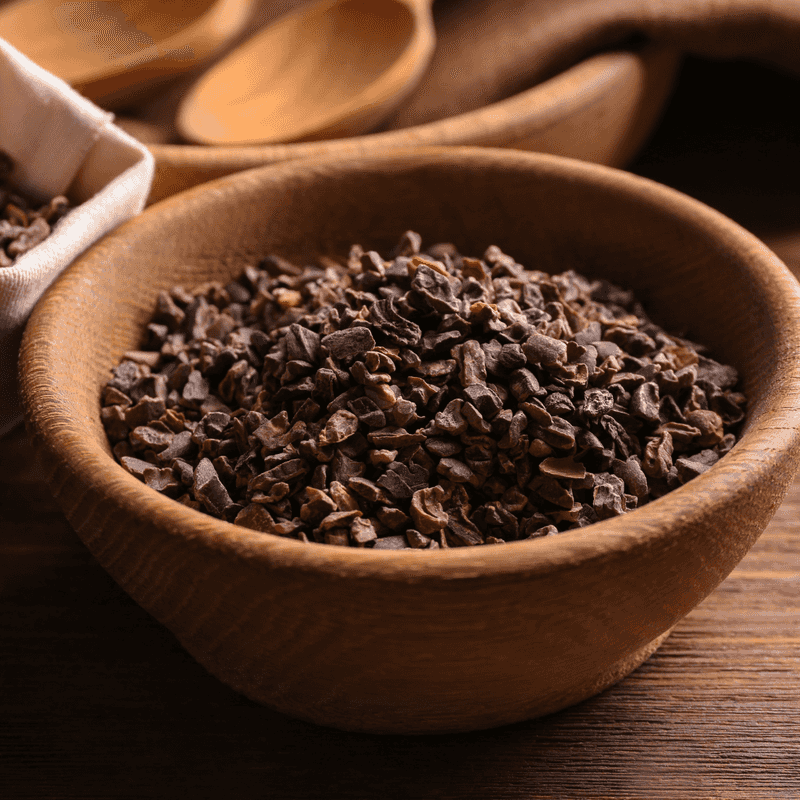
Cacao nibs, derived from raw cacao beans, are emerging as a favorite among chocolate lovers and health enthusiasts alike. These small pieces of crushed cacao beans are packed with antioxidants, magnesium, and iron. Their intense chocolate flavor and crunchy texture make them addition to smoothies, oatmeal, and baked meals. Cacao nibs provide a more natural and less processed alternative to conventional chocolate products, aligning with the trend towards cleaner eating habits. As more people indulge in mindful eating, cacao nibs are recognized for their ability to satisfy chocolate cravings while offering nutritional benefits. This trend showcases a movement towards enjoying rich flavors without compromising on health.
14. Tempeh
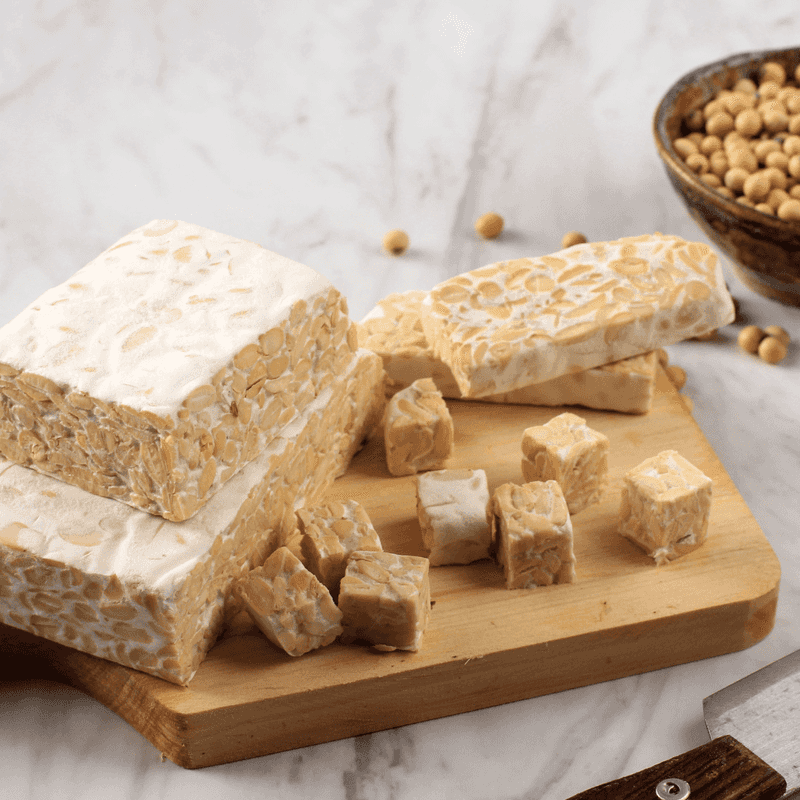
Tempeh, a traditional Indonesian soy product, is becoming a favorite protein source for vegetarians and vegans. Made from fermented soybeans, it has a firm texture and nutty flavor. Tempeh is rich in protein, probiotics, and essential nutrients, making it a nutritious addition to various diets. As plant-based eating gains traction, tempeh’s versatility in absorbing flavors and being used in diverse dishes makes it appealing. It can be grilled, stir-fried, or added to salads and sandwiches. The growing interest in plant-based proteins has positioned tempeh as a go-to ingredient for those looking to diversify their protein sources while enjoying a nutrient-rich food.
15. Bamboo Rice
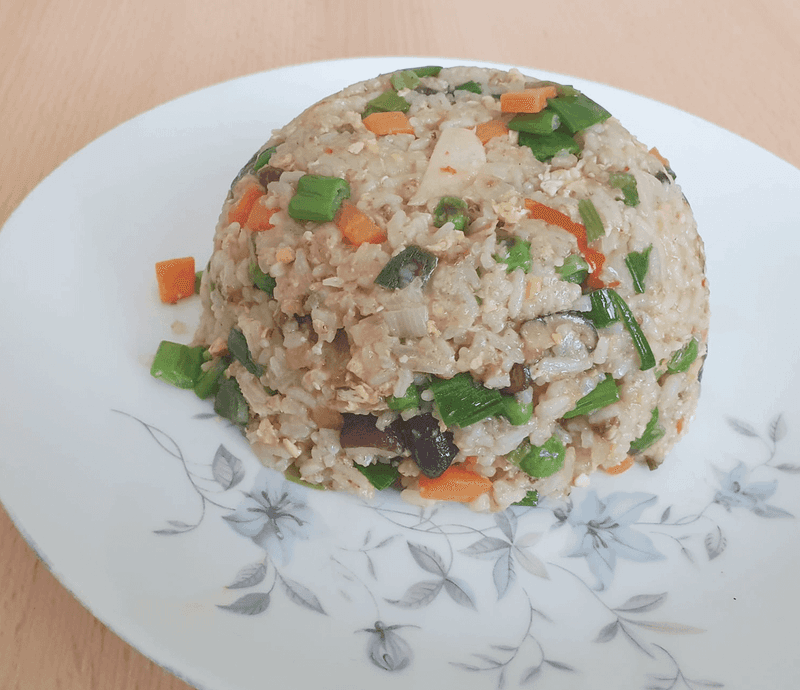
Bamboo rice is a rare and intriguing variety of rice that turns a striking green when cooked. Infused with bamboo juice, it absorbs a flavor profile that’s subtly sweet and aromatic. This exotic rice is not only visually appealing but also rich in nutrients like chlorophyll and amino acids. Ideal for special occasions or when you’re in the mood for something different, bamboo rice can be paired with a variety of dishes. Its color and flavor make it a standout side dish, especially when served with grilled vegetables or meat. Cooking bamboo rice is simple, much like preparing regular rice. Allow its flavors to shine by seasoning lightly and pairing it with complementary ingredients. Bamboo rice’s visual appeal and health benefits make it a fun and nutritious .
